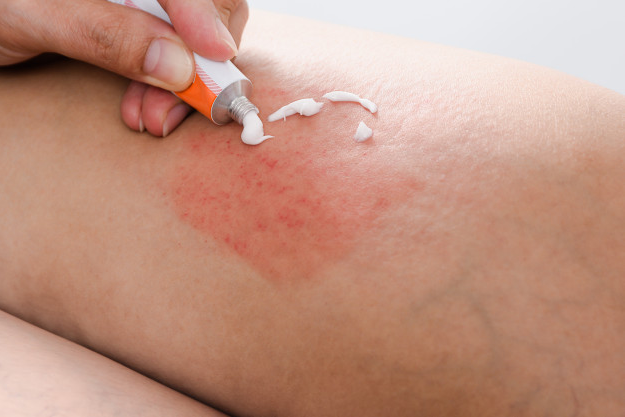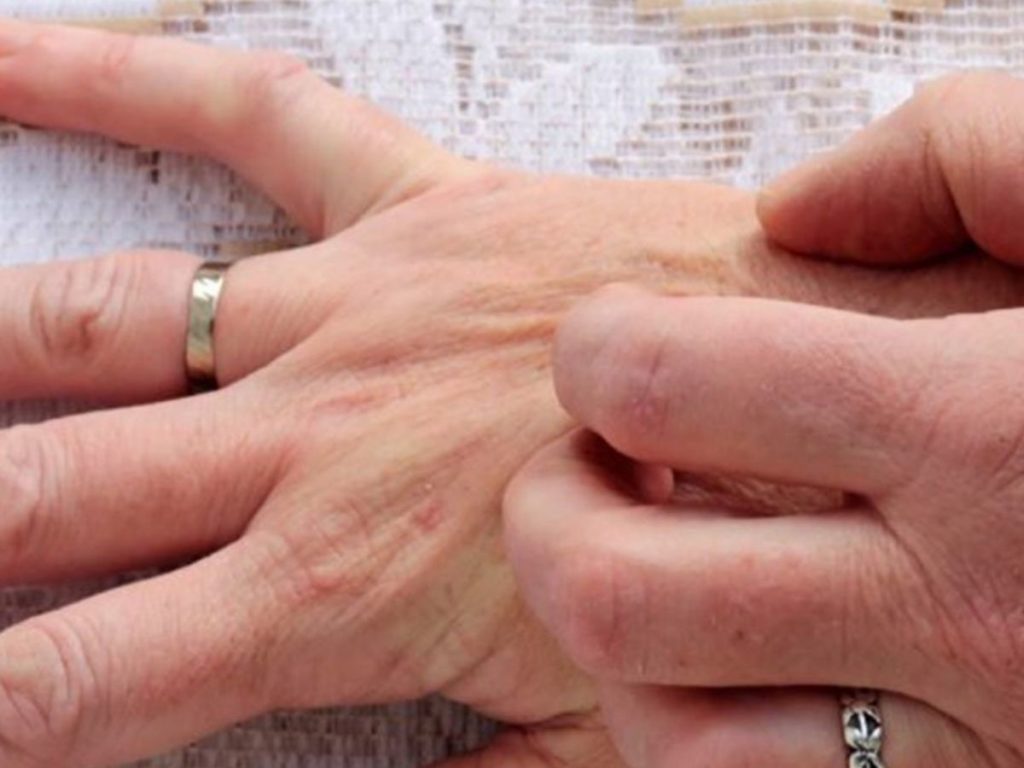If you’re one of the millions of people who have been affected by shingles, you’re probably wondering how long it will last. This virus can be a real pain, both literally and figuratively. In this article, we will discuss the various factors that play into how long does shingles last. We’ll also provide some tips for how to speed up the healing process. So read on to learn more about this common virus.
What to expect when you have shingles
The first thing to understand is that everyone’s experience with shingles will be different. Some people might have a mild case that clears up within a few weeks, while others may experience more severe symptoms that last for months.
Typically, the rash associated with shingles will start out as small, red bumps on one side of your body. These bumps will then turn into blisters, which can be quite painful. In addition to the rash, you may also experience fever, headache, and fatigue.
How long does shingles last?
There is no one-size-fits-all answer to this question, as the duration of shingles depends on a variety of factors. However, in general, shingles will last anywhere from two to four weeks.
There are a few things you can do to speed up the healing process:
- Keep the rash clean and dry.
- Apply cool compresses to relieve pain and itching.
- Take over-the-counter pain medication, such as ibuprofen or acetaminophen.
If your symptoms persist after four weeks, or if they get worse, it’s important to see a doctor. Shingles can sometimes lead to more serious complications, such as vision loss or encephalitis. So if you’re not feeling better after a while, it’s best to seek professional help.
Where does shingles appear?
Shingles usually appears on one side of the body, and the rash will typically follow the path of a nerve. However, it’s possible to have shingles anywhere on your body, including:
- face
- eye are
- ears
- back
- waist
- chest
- thighs
Learn more: HOW DO YOU GET SHINGLES?
How exactly does having shingles feel?
Again, this will vary from person to person. Some people may feel a tingling sensation or burning pain before the rash appears. Others may not experience any symptoms until the blisters show up. And still, others may have flu-like symptoms such as fever, headache, and fatigue.
If you’re experiencing any of the following symptoms, seek medical help immediately:
- Severe pain
- A rash on your face
- Blisters in or near your eyes
- Fever over 101 degrees Fahrenheit
- Difficulty breathing or swallowing
Living with shingles
For most people, living with shingles is a frustrating but ultimately manageable experience. However, for some people, the virus can be quite debilitating. If you’re one of these unlucky individuals, here are some tips to help make life a bit easier:
- Rest as much as possible.
- Avoid strenuous activities.
- Apply cool compresses to the rash.
- Take over-the-counter pain medication as needed.
If you have any questions or concerns about living with shingles, talk to your doctor. He or she can provide more personalized advice and assistance.
Treatment options available

There is currently no cure for shingles, but there are a few treatment options available. The main goal of treatment is to reduce the severity of symptoms and speed up the healing process.
Some common treatments include:
- Antiviral medications – these can help shorten the duration of the virus. Doctors typically prescribe famciclovir, acyclovir, or valacyclovir.
- Pain relievers – such as ibuprofen or acetaminophen
- Cool compresses – to relieve pain and itching
- Shingles vaccine – this vaccine can help reduce your risk of getting shingles in the future
- Antihistamines such as Benadryl – can help reduce itching
- Skin creams or patches to help soothe the rash
- Pain medications if the pain is more severe
- If experiencing depression, the doctor may also prescribe an antidepressant
Can I prevent shingles?
Yes, there are a few things you can do to lower your risk of getting shingles:
- Get vaccinated. The CDC recommends that everyone age 60 and older get vaccinated against shingles.
- Avoid contact with someone who has shingles. If you know someone who has it, avoid touching their skin lesions or breathing in their vapors.
- Take care of your immune system. Eat a healthy diet, get plenty of exercise, and practice stress-relieving techniques.
What are the possible complications of shingles?
While most cases of shingles clear up without any problems, there are a few potential complications to be aware of. These include:
- Postherpetic neuralgia. This is a condition that causes pain and tingling in the area where the rash occurred. It can last for months or even years after the shingles infection has cleared up.
- Shingles eye infection. If the virus spreads to your eyes, it can cause vision loss, blindness, or other serious eye problems.
- Encephalitis. This is a rare but potentially life-threatening infection that affects the brain.
- Hearing loss. Shingles can sometimes lead to hearing loss in one or both ears.
- Nerve pain. In some cases, shingles can cause long-term pain in the affected area.
- Bacterial infections on the rash site.
If you experience any of these complications, it’s important to seek medical help right away.
A deeper look at postherpetic neuralgia
Now that we’ve talked about the possible complications of shingles, let’s take a closer look at one in particular: postherpetic neuralgia.
This is a condition that can occur after you have shingles. It causes pain and tingling in the area where the rash occurred, and it can last for months or even years.
There is no cure for postherpetic neuralgia, but there are treatments available to help reduce symptoms. These include medications such as opioids or tricyclic antidepressants, as well as nerve blocks or injections.
If you’re experiencing severe pain from postherpetic neuralgia, talk to your doctor about what treatment options may be available to you. There is no shame in seeking help – this condition can be very debilitating.

